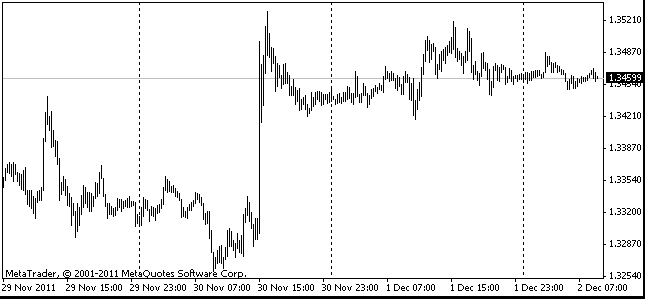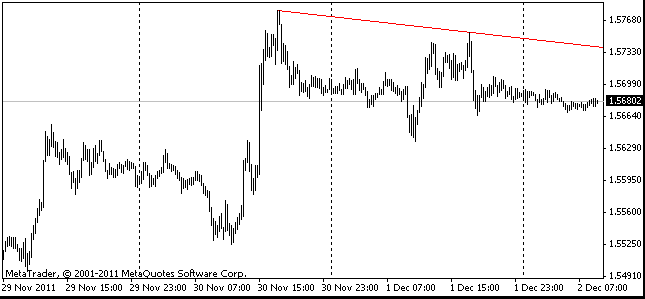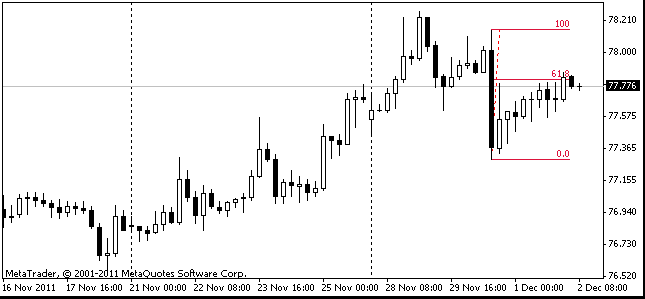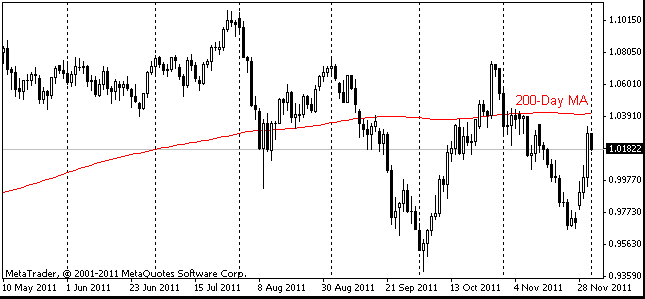EUR/usd
The sure upward march of the US stock exchanges yesterday wasn't taken up by Forex. From the technical side we see that yesterday the single currency was retracing after the preceding growth from 1.2750 to 1.3120. It's however possible that the situation is quite the opposite and that growth was none other than a retracement (it would be the 61.8% Fibonacci retracement after the drop from 1.37). Since from this viewpoint the situation looks controversial, let's turn to the fundamental factors. The single currency enjoys rather poor economic indicators, but the ECB firmly resists flooding the economy with money by purchasing low-quality assets as is done by the Fed. The markets, especially currency ones, pay a special attention to forecasts and expectations now, yet under current circumstances of high uncertainty it is also indispensable to consider facts. And the facts are as follows: the Fed is purchasing government bonds, pumping cash into the markets. This keeps the US dollar under constant pressure. Right when the crisis in the eurozone passes from the acute phase to the sluggish one, the US currency stops being the only good choice. The only factor which prevents the single currency from growing is problems in the southern counties. This day is likely to be quiet – without any unexpectedly early releases as it was yesterday with the FOMC's meeting minutes.

GBP/USD
The sterling also feels weakness of the dollar. The hourly charts clearly show how the pair is picked up. It is growing as if along the edge of a ruler, albeit without new local highs hit. Trading is held at 1.5330 and the high set last Friday makes 1.5362. There can be a fierce fight close to this mark as the upward break will provoke closing of short positions and therefore will spur growth even more. Be careful near 1.5360.

USD/JPY
Yesterday Kuroda provoked short covering in the yen crosses, but the initial impulse was quickly exhausted and growth continued. The yen-bears started taking their profits on the comments of the BOJ's head that the policy was not aimed at targeting the rate and also that the current changes of the rate were quite enough. Anyway, the markets soon resumed selling the yen (due to growth of the US stock exchanges as well). By now usdjpy has already risen to 99.75.

AUD/USD
Australia's employment data have proved to be disappointing. The unemployment rate unexpectedly grew to 5.6% and the number of employed persons shrank by 36.1K. Of course, these data were preceded by very favourable employment statistics for February, nonetheless the market was under the impression, selling the aussie. In February the ranks of employed persons were replenished with 71K, moreover part-time employment grew significantly. In March the number of persons employed part-time decreased by 28.7K (in February growth made 54.7K). The same with the full-time employment. The February growth by 19.3K was half wiped off by the decrease by 7.4K in March. Again and again, the Aussie feels very unconfident above 1.05.
